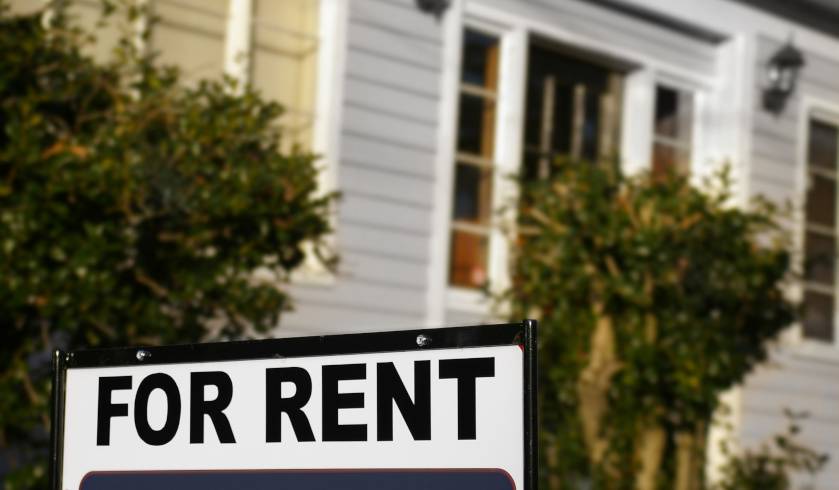Two capitals hold steady while other vacancy rates rise
The national vacancy rate increased over December, new data has found, with all but two capital cities holding steady.

The data, released by SQM Research, revealed the vacancy rate Australia-wide increased by 0.2 of a percentage point to 2.5 per cent in December 2018, which Louis Christopher, managing director of SQM Research said was due to seasonality.
Out of all the capital cities, both Hobart and Adelaide recorded no change in their vacancy rates, holding steady at 0.4 of a percentage point and 3.4 per cent respectively.
Every other capital city recorded a vacancy rate rise, with Darwin recording the largest vacancy rate of 4.3 per cent, up by 0.3 of a percentage point.
Following this was Sydney at 3.6 per cent, Brisbane at 3.2 per cent, Melbourne at 2.2 per cent, and then Adelaide and Canberra at both 1.3 per cent.
Of note was Sydney and Canberra, which both recorded the largest rise of 0.4 of a percentage point.
Mr Christopher said that despite Hobart’s tight rental conditions, rents in Tasmania’s capital have declined over the last month for both houses and units.
“If current vacancy rate levels continue to rise into January and February, Darwin, Sydney, Brisbane and Perth will be a tenant’s market in 2019,” he said.
Rents
Even though the overall vacancy rate saw a decline, the capital city asking rent for both houses and units rose by 0.7 of a percentage point to $559 and $439 respectively, with most capital cities recording rent increases for the month.
Hobart was the only capital city to record both house and unit decline, recording a decline of 1.2 per cent for house rents to $421.20 per week and 2.6 per cent for unit rents to $341.40 per week.
Sydney house rents were the only other declining rent, dropping 0.4 of a percentage point to $705.50 per week. Meanwhile, unit rents were up by 0.4 of a percentage point to $508.70 per week.
Both Sydney house and unit rents were also the highest capital city rents for their respective property type.
Canberra rents for houses and units both saw the biggest rent increases, rising 1.5 per cent for houses to $635 per week and 1.6 per cent for units to $468.40 per week.
The next highest house rent rise was in Melbourne with a rise of 1.3 per cent to $541.50 per week, followed by Adelaide with a rise of 1.1 per cent to $395.90 per week.
Unit rises were not as strong, with the next highest unit rent rise in Perth with a rise of 1.2 per cent to $368 per week, followed by Darwin with a rise of 0.7 of a percentage point to $391.70 per week.
